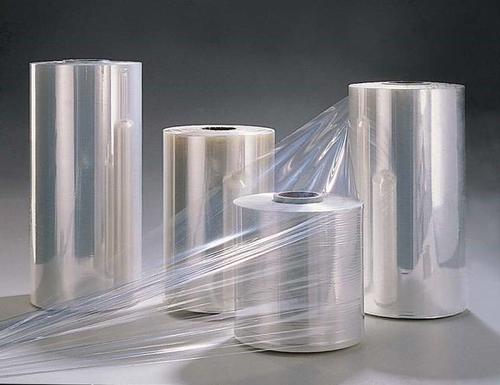What is BOPP film
What is BOPP film
BOPP films (biaxially Oriented Poly Propylene Films) are produced by stretching polypropylene film in both machine direction and transverse direction. BOPP film is used in vast range of applications comprising packaging, labeling and lamination. BOPP Films are preferred substrate for food packaging globally because of its inherent moisture barrier properties, seal ability, high clarity and graphic reproduction and shelf appeal, best possibilities of the pack being a mono layer/homogeneous structure. For food packaging, it is prominently used as co-extruded heat sealable reverse printable film. In labeling, it is preferred because of its yield benefit (Lowest density of 0.55 for IML orange peel effect), recyclability with PP containers et al. BOPP Films has a strong demand globally which is driven by expanding flexible packaging industry. The advantages BOPP offers are numerous.

BOPP films are transparent bi-oriented polypropylene films designed to offer high performance, great appearance and easy converting for flexible packaging and other applications.
Like BOPET film, BOPP is also a biaxially oriented film with good mechanical and physical properties .It is a clear, flexible, transparent or translucent material produced from PP polymer, a linear, thermoplastic polypropylene resin. The low density of BOPP (0.91 vs. 1.39 for PET) makes it sometimes a 'cheaper' alternative in packaging usage. However, the advantage of density is offset by the need to typically have a thicker film when using BOPP as compared to PET for the same application. BOPP film is available commercially in a range of widths, thicknesses and properties depending upon the needs of end users. It can be made as a single layer or can be coextruded with other co-polymers into a multilayer film encompassing the desired characteristics of each material. Key characteristics of BOPP films are:
- Good surface gloss
- Good hot tack & seal strength
- Good slip & anti static
- Good moisture barrier
- Good surface treatment retention
- Good machinability
- Good mechanical properties
Technical study
The most important polymer film used in commercial capacitors is BOPP.
Capacitors manufactured with polypropylene have the big advantage of being less expensive than other materials and have a very low equivalent series resistance, due to the propylene-repeating group, which results in a regular polymer chain. The beneficial properties of polypropylene are due to the polypropylene chain molecules, which do not have polar groups, oriented under the effect of the electric field. It has the highest breakdown voltage of other film materials. PP is a non-polar semi crystalline polymer with the outstanding characteristics of high breakdown strength (>700 V/m), low dielectric loss (<0.02%), nearly temperature- and frequency-independent dielectric constant, good mechanical strength, and reliable self-healing capability [106–108]. Nearly defect-free BOPP films can be fabricated by melt extrusion and biaxial stretching . The major drawback of PP is its low dielectric constant (εr=2.2), resulting in an intrinsic energy density of approximately 6 J/m3 (at 800 MV/m). The energy density of packaged capacitors is significantly lower because of both the de-rating of electric field needed to ensure reliable long-term operation and the volume occupied by packaging materials. In spite of significant effort, improving the energy density of BOPP film capacitors beyond 2 J/cm3 for long operation life times has been difficult. It is scientifically interesting to understand how it is possible to increase the dielectric activities (high εr value) in PP polymer without altering good polarization reversibility (thin D-E loops) and high breakdown strength (E) in order to achieve higher energy density in PP-based capacitors.
Settings
Tags
what is bopp film made of what is bopp film what is bopp film used for what is bopp film wikipedia what is bopp plastic film what is pearlised bopp film what is bopp lamination film what is cavitated bopp film what is matt bopp film what is a bopp film types of bopp film is bopp film biodegradable is bopp biodegradable is bopp film recyclable can bopp film be recycled is bopp eco friendly bopp film what is the hs code for bopp film what is bopp what is bopp material what is hs code for bopp plain film what is bopp lamination is bopp film microwavable what is bopp made of what is the density of bopp film what is the meaning of bopp film what is the hs code of bopp film what is bopp plastic is bopp recyclable
what is bopp film made of what is bopp film what is bopp film used for what is bopp film wikipedia what is bopp plastic film what is pearlised bopp film what is bopp lamination film what is cavitated bopp film what is matt bopp film what is a bopp film types of bopp film is bopp film biodegradable is bopp biodegradable is bopp film recyclable can bopp film be recycled is bopp eco friendly bopp film what is the hs code for bopp film what is bopp what is bopp material what is hs code for bopp plain film what is bopp lamination is bopp film microwavable what is bopp made of what is the density of bopp film what is the meaning of bopp film what is the hs code of bopp film what is bopp plastic is bopp recyclable
Related Content
User notes
Insert a note
:
 145
145